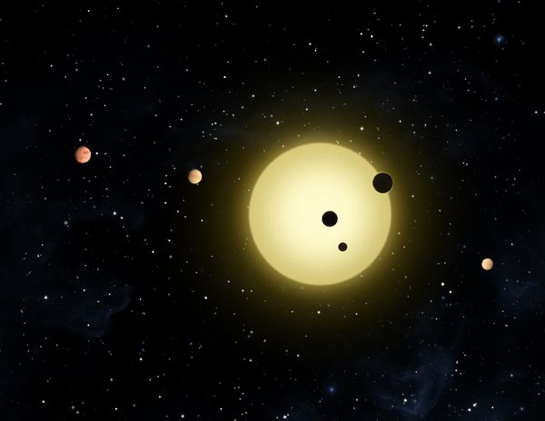Beyond the familiar confines of our solar system, an incredible variety of planets circle distant stars, hidden from view by the brilliant glare of their suns. These worlds, known as exoplanets, have intrigued astronomers and sparked the imagination of scientists and sci-fi enthusiasts alike. Despite their elusive nature, which renders them nearly invisible to direct observation through telescopes, experts have developed ingenious methods to uncover these hidden gems of the cosmos.
Exoplanets are planets that do not orbit our Sun but instead revolve around other stars in the galaxy. The challenge of spotting these distant planets lies in their tendency to be overshadowed by the bright light of the stars they orbit, making them nearly impossible to see directly. Therefore, astronomers rely on indirect methods to detect and study these fascinating worlds, examining the subtle effects exoplanets have on their host stars.
One primary technique used in the search for exoplanets is the observation of stars that appear to wobble. This wobble is not a true movement through space but rather an apparent oscillation caused by the gravitational pull of the planets orbiting them. As a planet tugs on its star, the star's orbit becomes slightly off-center, leading it to appear as if it's wobbling from our distant vantage point on Earth. This method has led to the discovery of hundreds of exoplanets, although it is more effective for identifying larger planets, which exert a more substantial gravitational pull on their stars. Earth-sized planets, which cause only minor wobbles, present a greater observational challenge.
In pursuit of these elusive, Earth-like planets, NASA launched the Kepler Spacecraft in 2009, a mission that has significantly expanded our knowledge of exoplanets. Kepler was tasked with surveying a broad swath of the cosmos, searching for planets across a wide range of sizes and orbits around stars of varying temperatures and sizes. Among its discoveries are rocky planets located within the habitable zones of their stars - regions where conditions may be just right for the existence of liquid water and potentially life.
The backbone of Kepler's success lies in the transit method. This technique involves monitoring the brightness of stars for periodic dips in light, which occur when a planet passes in front of the star, temporarily blocking a portion of its light. These transits not only allow scientists to infer the presence of a planet but also to deduce its size based on the amount of light it obscures. Additionally, by measuring the time between successive transits, astronomers can calculate the planet's distance from its star, which in turn provides clues about its temperature and the possibility of liquid water.
Thanks to Kepler's observations and those of subsequent missions like NASA's Transiting Exoplanet Survey Satellite (TESS), we now know that exoplanets are exceedingly common in the universe. TESS, with its mission to survey the entire sky, aims to identify planets orbiting the nearest and brightest stars, building on Kepler's legacy. This endeavor not only increases our understanding of the vast diversity of planetary systems but also brings us closer to answering the age-old question of whether we are alone in the universe.
As we continue to peer into the depths of space, the catalog of known exoplanets grows, each discovery serving as a reminder of the universe's vastness and the potential for life beyond our solar system. With future missions planned and new technologies on the horizon, our quest to explore these distant worlds and uncover their secrets is just beginning. Through these efforts, we broaden our cosmic perspective, inching ever closer to understanding our place in the universe.
Tags:
Cosmology

